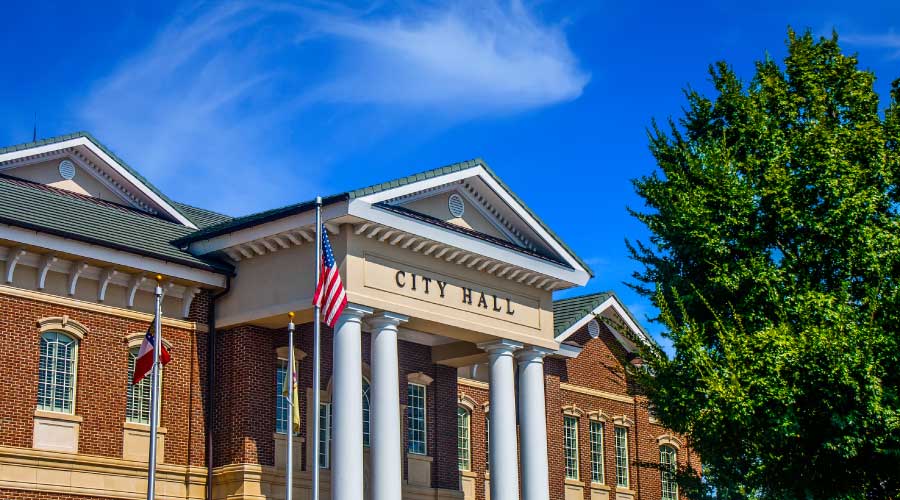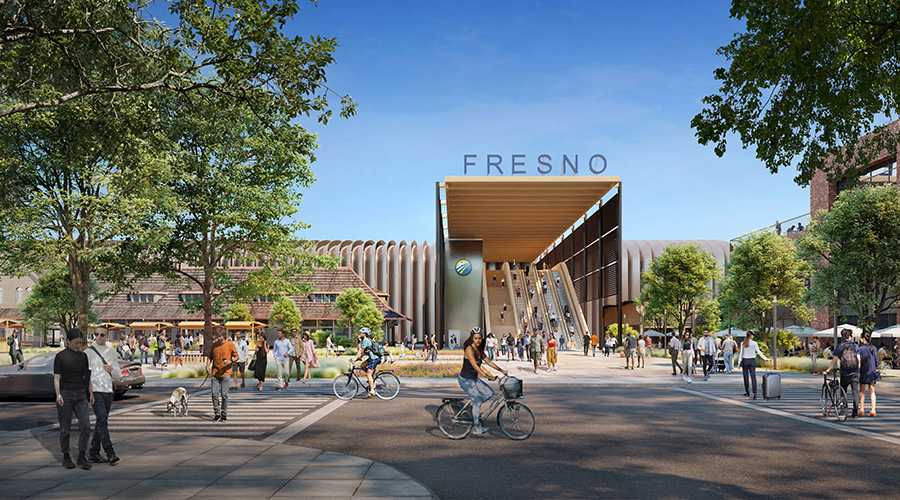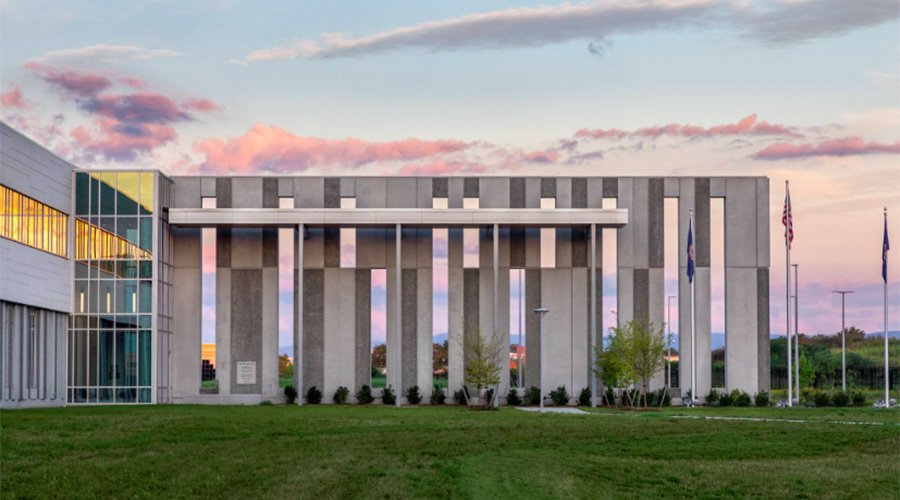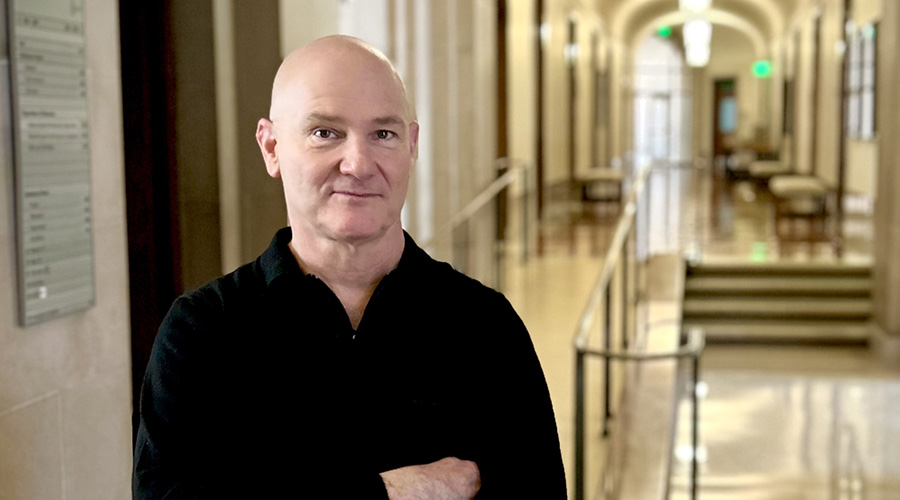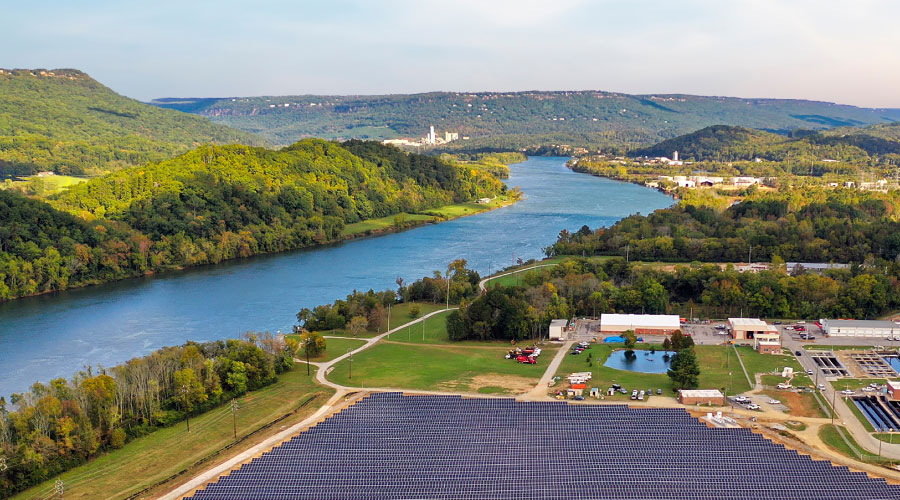Managing Municipal Facilities: Adapting to Growth and Challenges
Maintenance and engineering managers in municipal settings juggle budget, hiring and sustainability challenges as facility needs change
Dotting the landscape of towns and cities throughout the United States, municipal and state government buildings are some of the most important assets in these communities. The facilities house everything from first responders and judicial proceedings to school district administrators, so maintenance and engineering managers face ongoing maintenance challenges to keep these buildings operating safely and efficiently.
Dealing with growth
Gary Hargens is the facilities maintenance superintendent for the City of Spearfish, South Dakota. With a 2020 population of about 12,000 residents, Spearfish is experiencing an increase in new businesses and residents moving into the city.
Because of this growth, Spearfish has hired more maintenance employees to continue meeting occupant demands.
“With the increase of employees, one of the bigger challenges is making sure city staff has the proper office space and accommodations to foster excellent productivity from each staff member,” Hargens says. “Do we build a new building, or do we remodel current buildings? Which is going to be the best solution for the long term? Which solution gives the best return on investment? Once that decision is made, how do we fund the projects?”
Hargens and his team today face challenges that differ from those of 10 years ago. The most noticeable change is the increase in costs of everything from building materials to custodial supplies.
“You could always depend on a 3 percent to 5 percent annual increase in costs for custodial supplies,” Hargens says. “However, that average rate is now 5 percent to 10 percent. Meanwhile, the equipment that is cleaned daily – floors, sinks, toilets, carpets, etc. – very seldom decreases. You always need to be looking ahead at your budget to make sure you have it all covered.”
Despite the range of facility maintenance challenges, Spearfish has not accumulated a backlog of maintenance projects. Now the challenge is deciding at which point ongoing maintenance of facilities equipment no longer makes sense.
“When you have 22 rooftop units on a building and you can no longer get parts for those units, when do you pull the trigger and start to replace those units?” Hargens says. “Can you afford to replace them all, or do you replace five or six per year until the old units have been replaced, or do you complete a whole new design and scrap the old system and start with new? It’s a balancing act.”
Seeing different sides
Brandon McCullough offers an unusual dual perspective on facilities. He works full-time as facilities manager for Northville Township, Michigan, overseeing all the township’s buildings, and he serves as a city councilman in Livonia, Michigan.
“I think the biggest challenge that encompasses both positions is long-term planning and funding,” says McCullough, a 2022 Facility Champion. “I am one that incorporates a proactive approach when planning a long-term capital program, and I am very fortunate for the support in terms of funding. Once you get behind on maintenance, it’s a very slippery slope.”
While McCullough says there are issues related to the ongoing management of Northville Township’s facilities, he chooses to view them as opportunities, not challenges.
“I’ve been with Northville for a little over three years, and we are finally getting to the proactive stage,” he says. “My first year was spent identifying short-term and long-term plans to get the facilities back into shape. The plans were 100 percent backed and supported by leadership. Now we are seeing a robust, standardized maintenance program that is a well-oiled machine with operating costs starting to drop.”
Maura Keller is a freelance writer based in Plymouth, Minnesota.
Related Topics:








